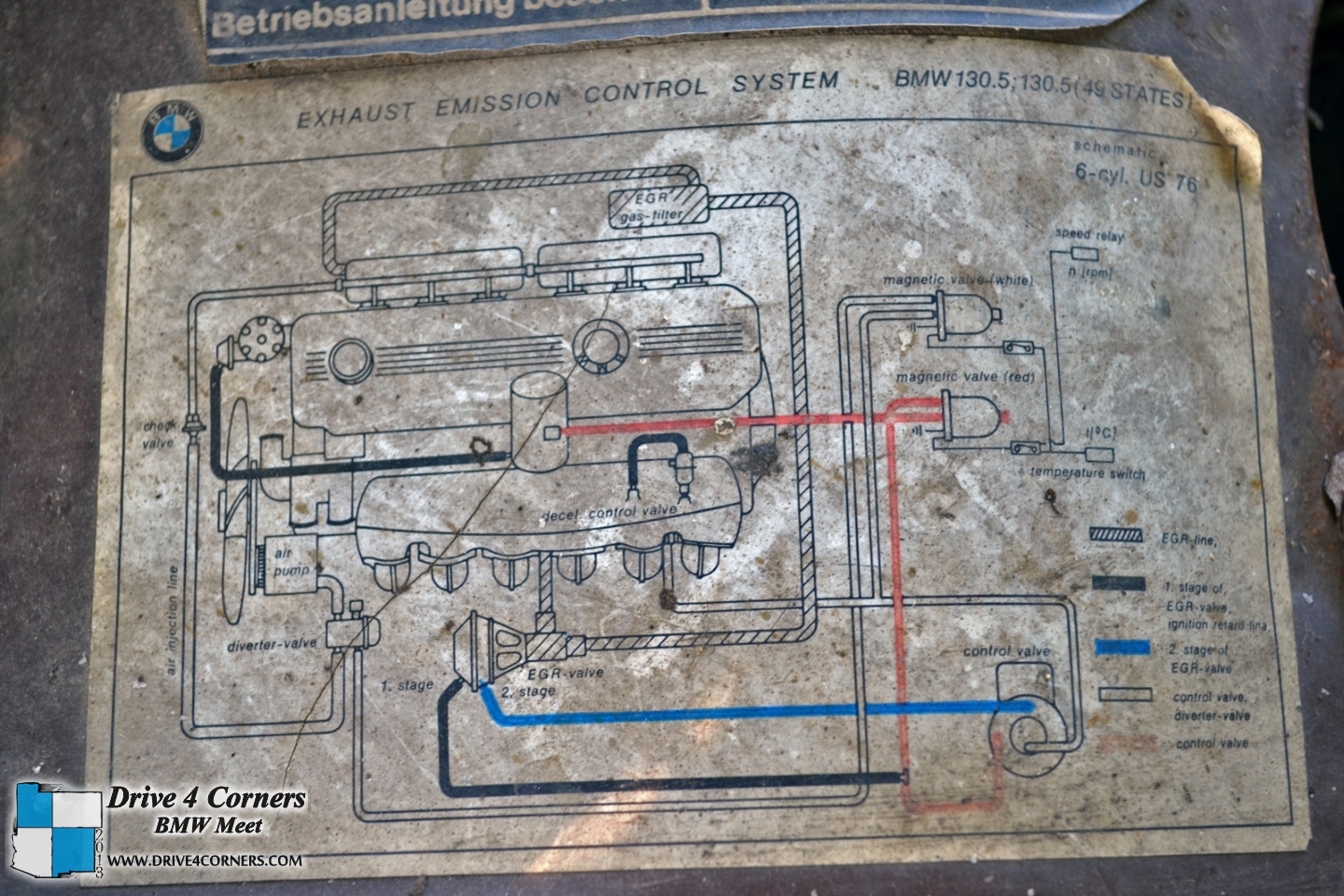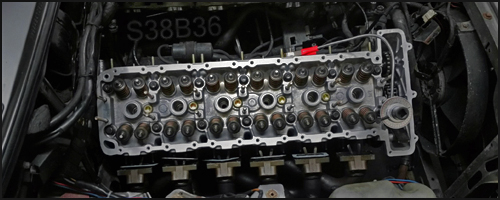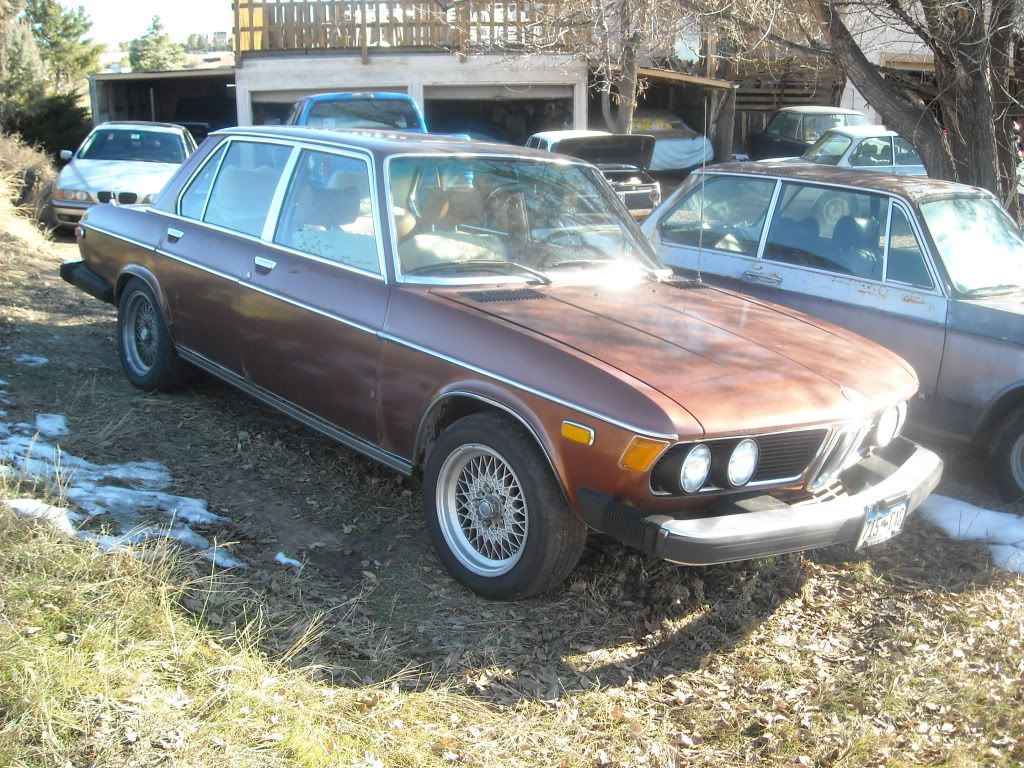I'm sure most of you are familiar with the 3.0si, the brother to the famous 3.0cs. These days they are rather rare because they just weren't taken care of (or as valuable) as the cs and csi's. It is neat (and uncommon) to see one of these around these days.
Drive 4 Corners BMW meet has just opened a Community Section that features technical, Mechanical, and Life stories about BMW's in our lives. The first article featuring none other than a particular 1976 3.0si. Users can register and submit articles that will be posted on the site on a regular basis.
Here are a few excerpts



For full article click here.
Comments and criticism welcome as this section gets under way. If you would like to submit an article (how you got into BMWs, how to prep a car for winter, or a memory with people in the BMW scene, for example) please follow the link at the bottom of the article or get in contact with me!
Drive 4 Corners BMW meet has just opened a Community Section that features technical, Mechanical, and Life stories about BMW's in our lives. The first article featuring none other than a particular 1976 3.0si. Users can register and submit articles that will be posted on the site on a regular basis.
Here are a few excerpts
Ever since I was a baby, my dad drove neat cars. He had his share of muscle cars, classics, and the like. Him being a baby-boomer meant that he grew up during the muscle car era. Mopars were the main focus, and as a teenager he drove a Dodge Charger. With time, he slowly acquired other unique cars, such as a ’68 440 Charger, Dodge Challenger T/A, and Jaguar E-Type. He had utility vehicles such as a Ford Ranchero, Dodge Ramcharger and even a Dodge motor-home equipped with a 440. Many of those cars couldn’t be justified, or didn’t get the care they deserved and were sold, but the point here is that most of them were muscle cars.
It only took one Bavarian sedan to change that.
It only took one Bavarian sedan to change that.

Being a family sedan, it was practical, engaging, and suspiciously quick for a 4-door saloon in the mid-seventies. He acquired it ironically enough, from his father in-law, my grandfather. The “New Six” engine was not quite so new anymore, but the placement into a four door was. That fitment of this engine into the E3 pumped another 40 or so horsepower into what used to be a BMW 2500, bringing it past 190hp in 1974, when BMW decided to sell it. Since this was just before the catalytic converter, BMW had to meet emission controls in order to sell it in the US. Designers added EGR thermal reactors to meet the US federalization requirements. Unfortunately, this system did more harm than good, cooking cylinder head’s due to the excessive heat build up. The complicated system has been removed from most cars, including this one, but the schematic still remains.

His favorite part of the car was the engine– the 3 liter fuel injected M30 that was pulled for the restoration of a 2 door equivalent E9 3.0CSL coupe, in favor of a Metric Mechanic 3.5 liter brute.

For full article click here.
Comments and criticism welcome as this section gets under way. If you would like to submit an article (how you got into BMWs, how to prep a car for winter, or a memory with people in the BMW scene, for example) please follow the link at the bottom of the article or get in contact with me!





Comment